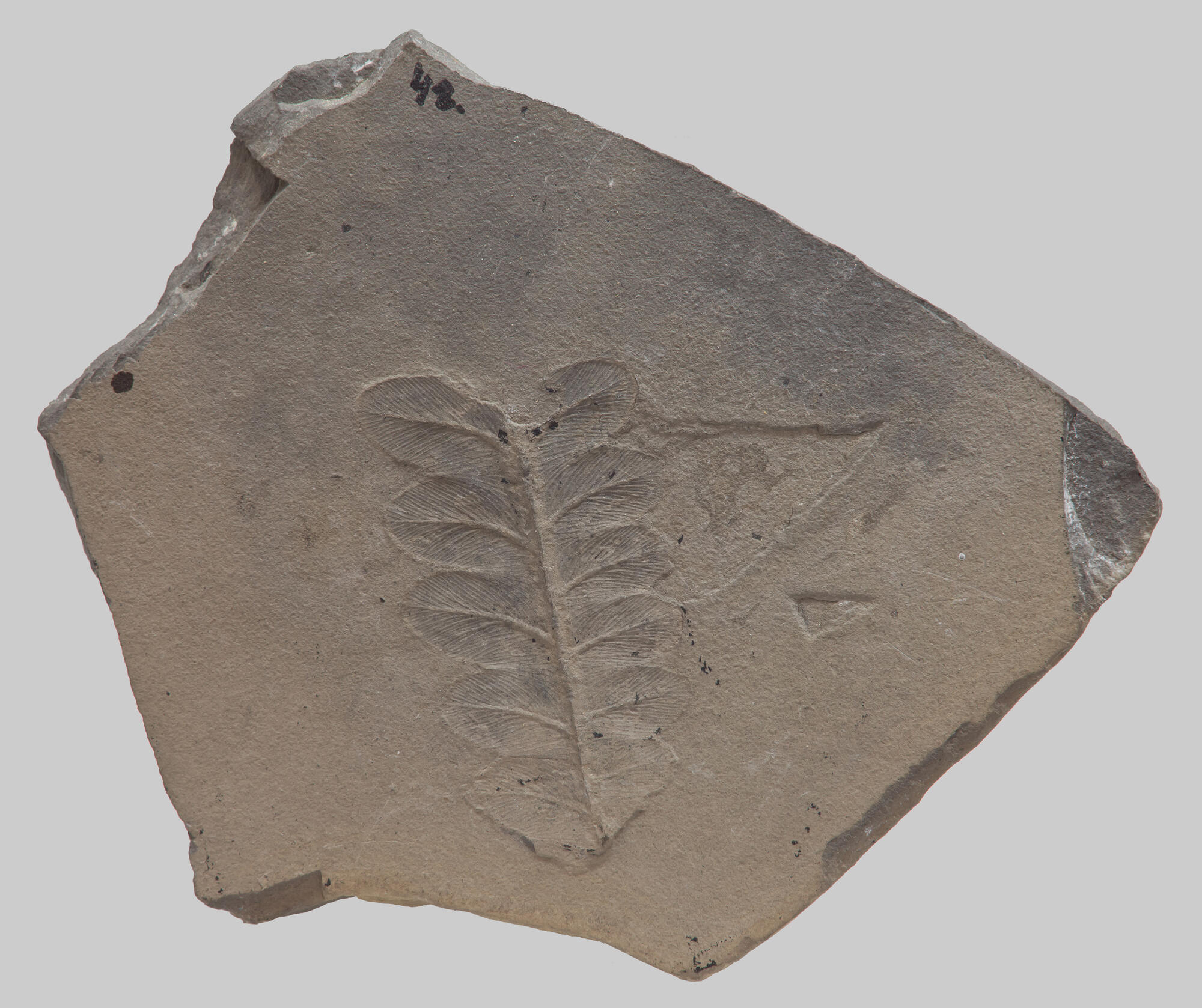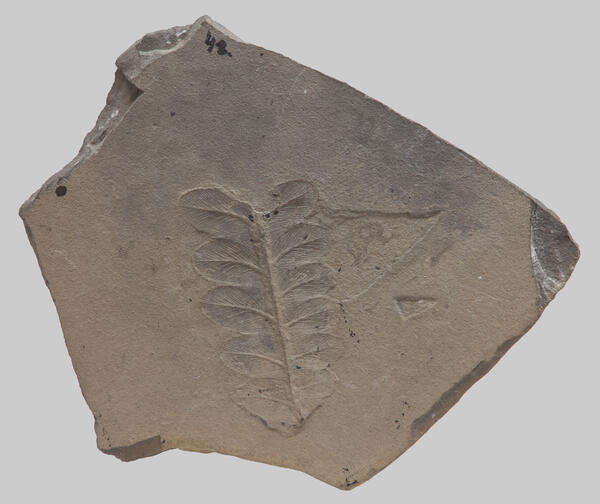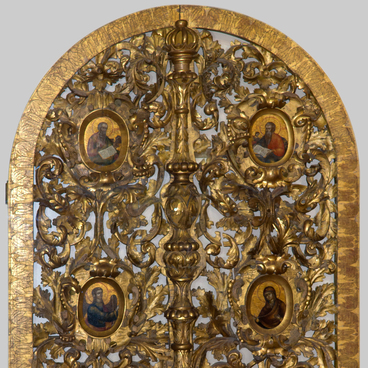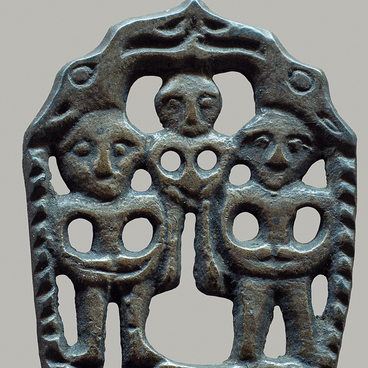Carboniferous and Permian are the last two geological periods of the Paleozoic era, they lasted from 358 to 250 million years ago. The imprint of the fern on the marl in the museum’s collection dates from approximately the same time period.
At that time, the Perm Sea stretched on the territory of the modern Urals. Many fish, molluscs and other animals lived in its water and at the bottom, and the shores were covered with rich vegetation, including horsetails and ferns.
Plaunas, horsetails and ferns are ancient plants. They appeared on the planet more than 400 million years ago and represented the most important stage in the evolutionary development of life. The most common during the Permian period were tongue ferns.
On a bunch of roots, fixed in the soft soil by numerous shoots a rough trunk with branches rose, on which wide fern-like leaves were located. In the process of evolution, two subspecies of fern appeared - bush and tree-like.
The climate of the Permian period was characterized by pronounced zoning and increasing aridity. In the middle of the period, the ice caps in the southern hemisphere began to melt, and a hot climate set in in the north, which led to the formation of desert zones. Plants and animals settled in increasingly arid regions, while evolution proceeded very quickly and in many parallel directions.
At that time, powerful mountain-forming and volcanic activity occurred and, as a result, the sea left, and the Ural-Tien Shan platform was formed instead. The high mountains also caused changes in climatic conditions: it became drier, inland seas, lakes, and swamps disappeared.
Marl deposits, like direct sea sediments, are characteristic of all geological systems and periods. Marl is a clayey rock, which often contains the remains of flora and fauna.
It must be said that the imprint of the fern on the marl is not just a mechanical imprint on the not yet hardened sediment, but the result of a complex physicochemical process. When a plant completely decays, it leaves an imprint on the surrounding rock and creates a kind of geochemical environment around itself, releasing decomposition products into the surrounding mineral environment.
At that time, the Perm Sea stretched on the territory of the modern Urals. Many fish, molluscs and other animals lived in its water and at the bottom, and the shores were covered with rich vegetation, including horsetails and ferns.
Plaunas, horsetails and ferns are ancient plants. They appeared on the planet more than 400 million years ago and represented the most important stage in the evolutionary development of life. The most common during the Permian period were tongue ferns.
On a bunch of roots, fixed in the soft soil by numerous shoots a rough trunk with branches rose, on which wide fern-like leaves were located. In the process of evolution, two subspecies of fern appeared - bush and tree-like.
The climate of the Permian period was characterized by pronounced zoning and increasing aridity. In the middle of the period, the ice caps in the southern hemisphere began to melt, and a hot climate set in in the north, which led to the formation of desert zones. Plants and animals settled in increasingly arid regions, while evolution proceeded very quickly and in many parallel directions.
At that time, powerful mountain-forming and volcanic activity occurred and, as a result, the sea left, and the Ural-Tien Shan platform was formed instead. The high mountains also caused changes in climatic conditions: it became drier, inland seas, lakes, and swamps disappeared.
Marl deposits, like direct sea sediments, are characteristic of all geological systems and periods. Marl is a clayey rock, which often contains the remains of flora and fauna.
It must be said that the imprint of the fern on the marl is not just a mechanical imprint on the not yet hardened sediment, but the result of a complex physicochemical process. When a plant completely decays, it leaves an imprint on the surrounding rock and creates a kind of geochemical environment around itself, releasing decomposition products into the surrounding mineral environment.



